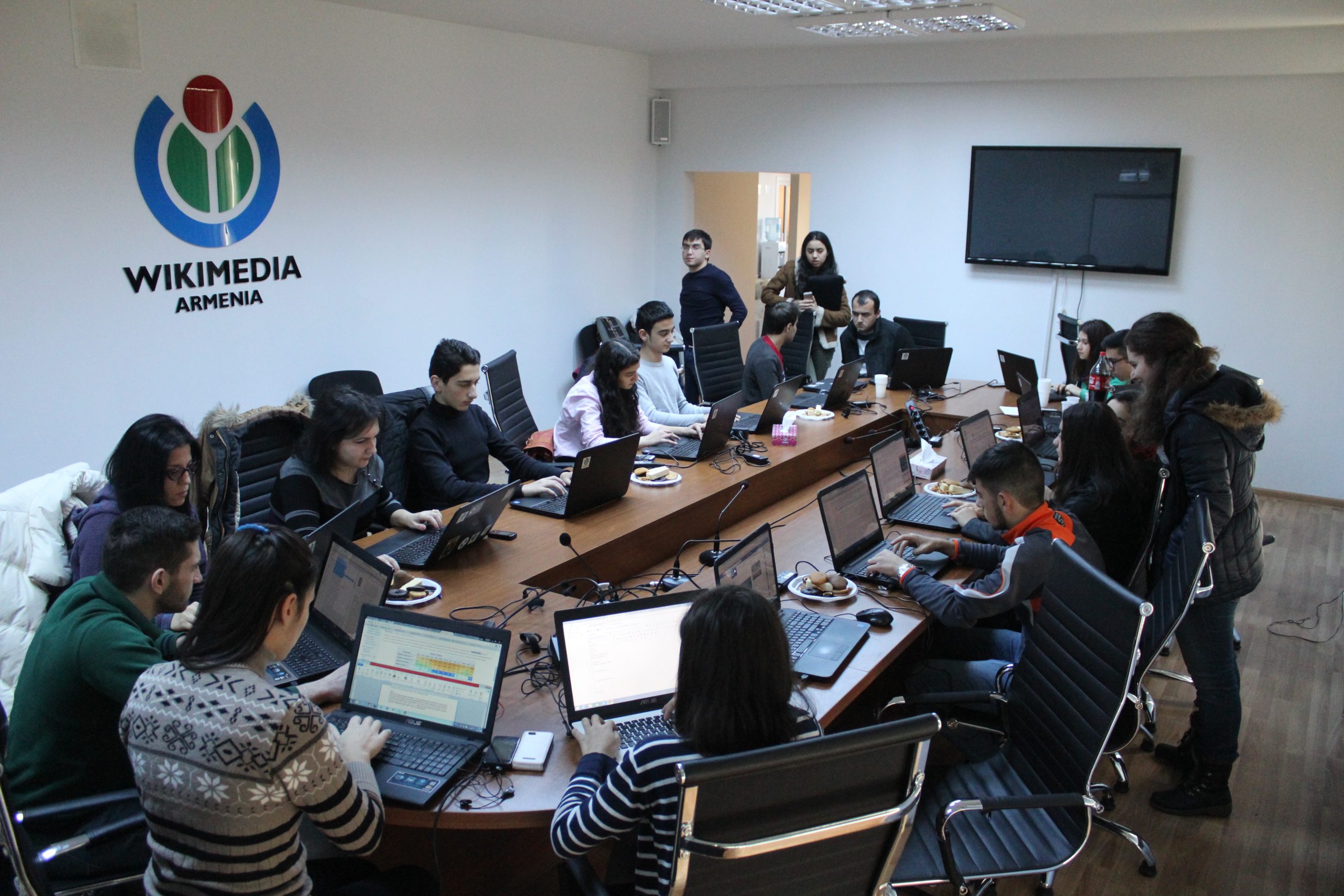9.4 Managing a Global Sales Team Using a Hybrid Model
Following the Covid-19 pandemic, it’s clear there’s been a profound, permanent change in how people want to work. Teams can be spread far and wide and yet be connected by technology. Modern day managers and leaders should be able to manage and bridge these gaps to effectively manage and co-ordinate the teams which may be spread geographically. This period has proved that companies can adopt hybrid working policies without affecting their productivity – and this model is now the preferred option for millions of people and businesses around the world.
Consider Human Relations, Not ‘Human Resources’

People brought more of themselves to work than ever during the pandemic. Living through national lockdowns and long periods of forced remote working inspired a new level of honesty about our physical, mental, and emotional health, and this kind of authenticity is powerful. It allows for the building of strong, nurturing relationships between leaders and their teams.
A leadership style that’s fundamentally open, that’s built around kindness, honesty, and encouragement, is also a shield against the phenomenon of ‘quiet quitting’ that’s been hitting headlines lately. By valuing people’s contributions and investing in them, you keep them motivated and engaged. Businesses keen to build strong, committed teams need to think about their people not as ‘resources’, but as individuals they have to get to know, value and appreciate.
Encourage a Healthy Work-Life Balance
There’s been a fundamental shift in attitudes to work-life balance in the wake of Covid-19. People’s focus on well-being has tightened, and they want to fit work around life – not the other way around. Business leaders who don’t focus on the well-being of their employees do so at their peril. They should realize it really is a case of enlightened self-interest. A better work-life balance makes for happier, more engaged and productive employees who will stay with a company for longer and perform at much higher levels.
IWG’s latest research shows that 88% of employees regard hybrid working as a key benefit they’d expect in a new job role, while more than 50% wouldn’t even consider applying for a position that didn’t offer it (Koning, 2022).
Building a hybrid working policy that enables people to draw clear lines between their home and professional lives is now vital. Combining opportunities for home working with access to local, flexible workspace is key, as is a continued emphasis on regular ‘face time’ at the company HQ.
Research from Accenture shows 63% of high growth firms have embraced ‘productivity anywhere’ models of working, underlining the relationship between employees’ well being and commercial success (Shaw, 2021).
Build Trust, But Keep Employees Accountable
Hybrid working requires a huge amount of trust. There’s arguably a re-balancing of responsibility, which means individuals are more accountable for their job performance than they might have been five or ten years ago.
Great leadership in this new world of work is about loosening the reins while still finding ways to make sure targets are met and the business performs.
This means establishing clear KPIs and finding new ways to stay connected. When it comes to training and coaching sessions, it is better to operate on a ‘little and often’ approach, as opposed to holding long workshops a couple of times per quarter.
Yet trust cuts both ways. To be a great hybrid leader, you have to inspire trust as well as offer it. You should be very committed to ‘active listening’: giving people my undivided attention when they need it, looking for feedback from all levels of the business and always following up on those ‘grass-roots’ insights, wherever and whoever they come from.
Bring People Together

While remote working has many benefits and disparate teams can do brilliant work, it’s vital to keep bringing people together. Regular, quality interactions are invigorating for teams: they fire creativity, strengthen bonds, and inspire people to learn from one another.
With so many people working in so many markets, it isn’t always possible to bring teams together physically – but when people are able to spend time face-to-face, make sure those moments really count.
Hold curated meetings and workshops, get together in local flexspaces and hold regional and global sales conferences. In a hybrid world, offering clear incentives for great work is another key way to maintain your teams’ momentum. There should be monthly and annual awards, as well as prizes such as dinners out and team-building days, celebrate success.
Lead by Example
Finally, and perhaps most importantly, it’s become clear in the past five years that leaders have to be at the centre of whatever cultural shift their business is trying to achieve.
You can’t expect middle managers and the people who report to them to master driving performance in a hybrid environment if you, as a senior leader, are not lighting the way.
Becoming a great hybrid leader isn’t an optional extra for those at the top of business – increasingly, it’s now an essential skill that must be mastered if you want to achieve success. More than this, it’s an incredible opportunity to re-humanise the workplace, moving away from presenteeism and micro-management into a modern era where employees’ productivity, professional development and personal happiness are paramount.
“Lessons in leadership: Managing a global sales team across 120 markets in the hybrid model” by Fatima Koning at People Matters is licensed under a Creative Commons Attribution-Non-Commercial-ShareAlike 4.0 International License

